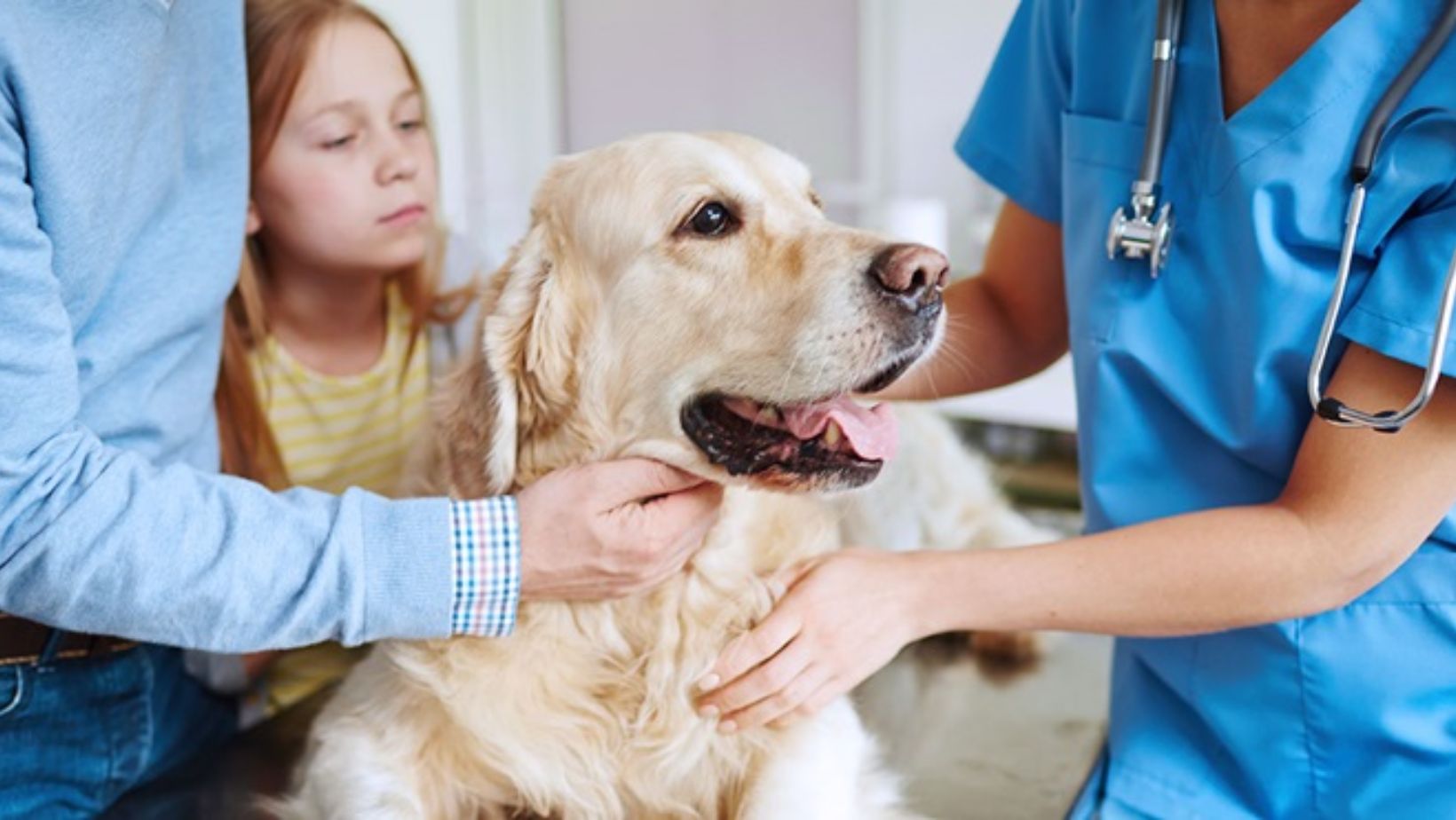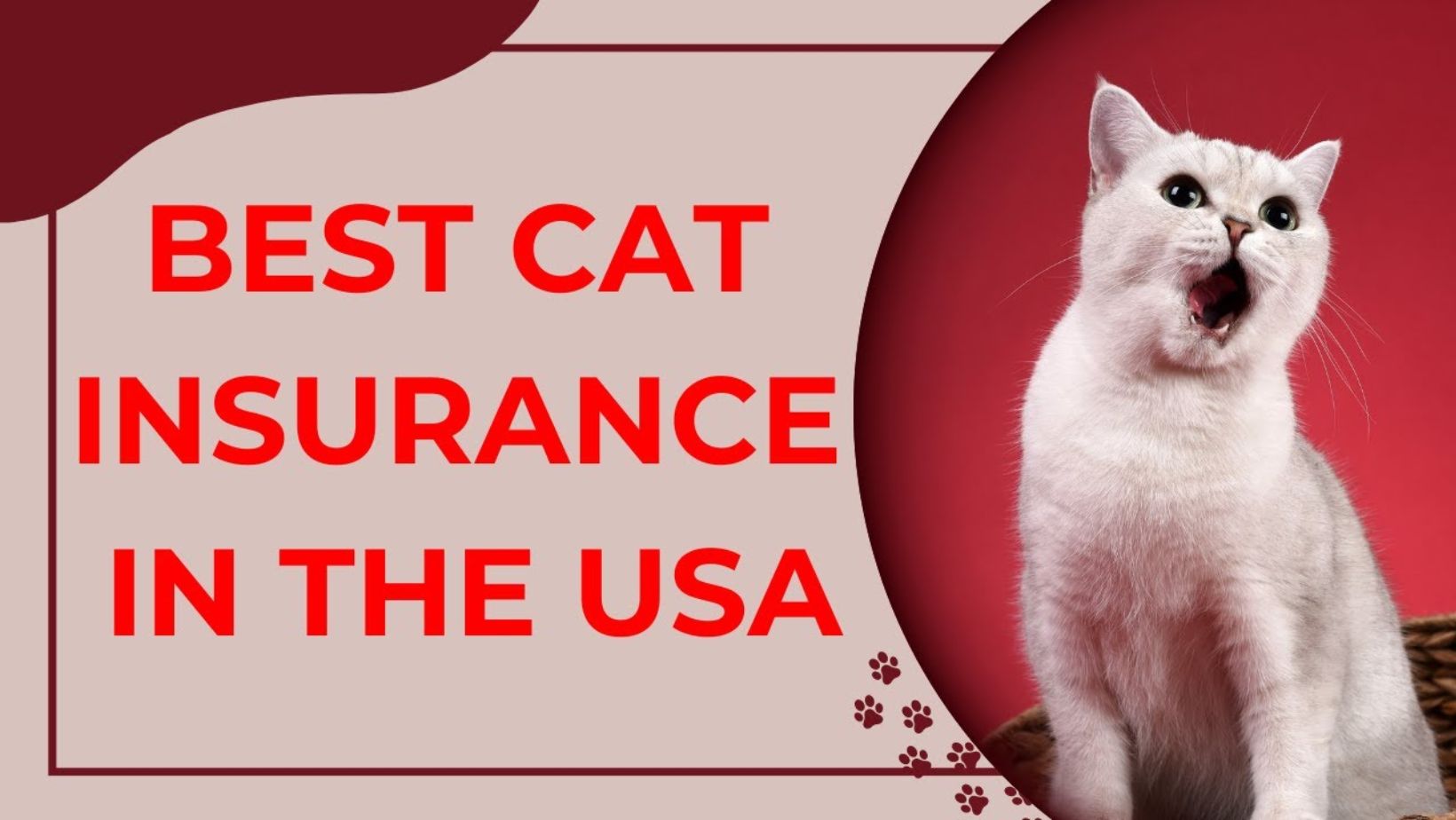Animal insurance, a concept born from the desire to protect our beloved furry companions, often comes with the promise of financial security during unexpected veterinary expenses. Nonetheless, the parity among animal insurance policies is far from uniform, with certain options potentially falling short of their expected benefits. Within the confines of this article, we will delve into the conceivable stumbling blocks and disadvantages associated with specific animal insurance policies, offering insights into aspects that might be categorized as the least advantageous facets of such coverage.
Read more.. Environmental Change and its Worldwide Results: Atrocities Required
- Limited Coverage and Exclusions: One of the primary issues that pet owners might encounter with certain animal insurance policies is the limited coverage they offer. Many policies have exclusions for pre-existing conditions, hereditary disorders, and certain breeds. This means that conditions that are common to certain breeds or that existed before purchasing the policy might not be covered, leaving pet owners with unexpected expenses.
- Complex Reimbursement Structures: Some animal insurance policies utilize complex reimbursement structures that can be challenging for pet owners to understand. The variations in reimbursement percentages, deductibles, and annual limits might lead to confusion when attempting to calculate potential out-of-pocket costs.
- High Premiums for Basic Coverage: Some pet insurance policies charge high premiums for relatively basic coverage. This can be frustrating for pet owners who are paying a significant amount each month but still find themselves responsible for a substantial portion of veterinary bills due to low reimbursement rates and high deductibles.
Read more.. Top 10 Animal Health Tips Every Pet Owner Should Know
- Waiting Periods and Delayed Coverage: Many animal insurance policies have waiting periods before coverage kicks in. This means that if a pet requires medical attention soon after the policy is purchased, the owner might not be able to claim benefits for that particular incident.
- Frequent Rate Increases: Pet insurance premiums can increase over time, sometimes significantly. What initially seems like a reasonable cost can become burdensome as the years go by, especially if the policyholder has made claims that trigger premium hikes.
- Claims Process Hassles: Certain pet insurance providers make the claims process unnecessarily complex. Lengthy paperwork, unclear documentation requirements, and delays in processing claims can add frustration to an already stressful situation.
- Limited Choice of Veterinarians: Constrained Veterinarian Options: A handful of pet insurance policies impose limitations on selecting veterinarians. This situation can pose challenges for pet owners who maintain longstanding relationships with specific veterinarians not endorsed by the policy, which could result in interruptions to their pet’s care.
- Age and Breed Restrictions: Certain insurance providers might impose age or breed restrictions, making it difficult for pet owners with senior animals or specific breeds to find suitable coverage options.
Conclusion: Navigating the Insurance Landscape with Caution: While animal insurance can provide a safety net for unexpected veterinary costs, it’s crucial for pet owners to approach these policies with careful consideration. Reading the fine print, understanding coverage limitations, and comparing policies from various providers are essential steps in making an informed decision. While some animal insurance policies may fall short of expectations, others offer comprehensive coverage that can truly be a lifesaver during challenging times. As with any financial decision, a well-researched approach is key to ensuring that your beloved furry friend receives the care they need without being caught in the pitfalls of inadequate insurance coverage.
Read more.. Navigating the Maze: Unveiling the 5 Worst Health Insurance Companies in India




